Research is first initiative from Big Tech group’s AI health unit formed by ex-DeepMind co-founder Mustafa Suleyman.



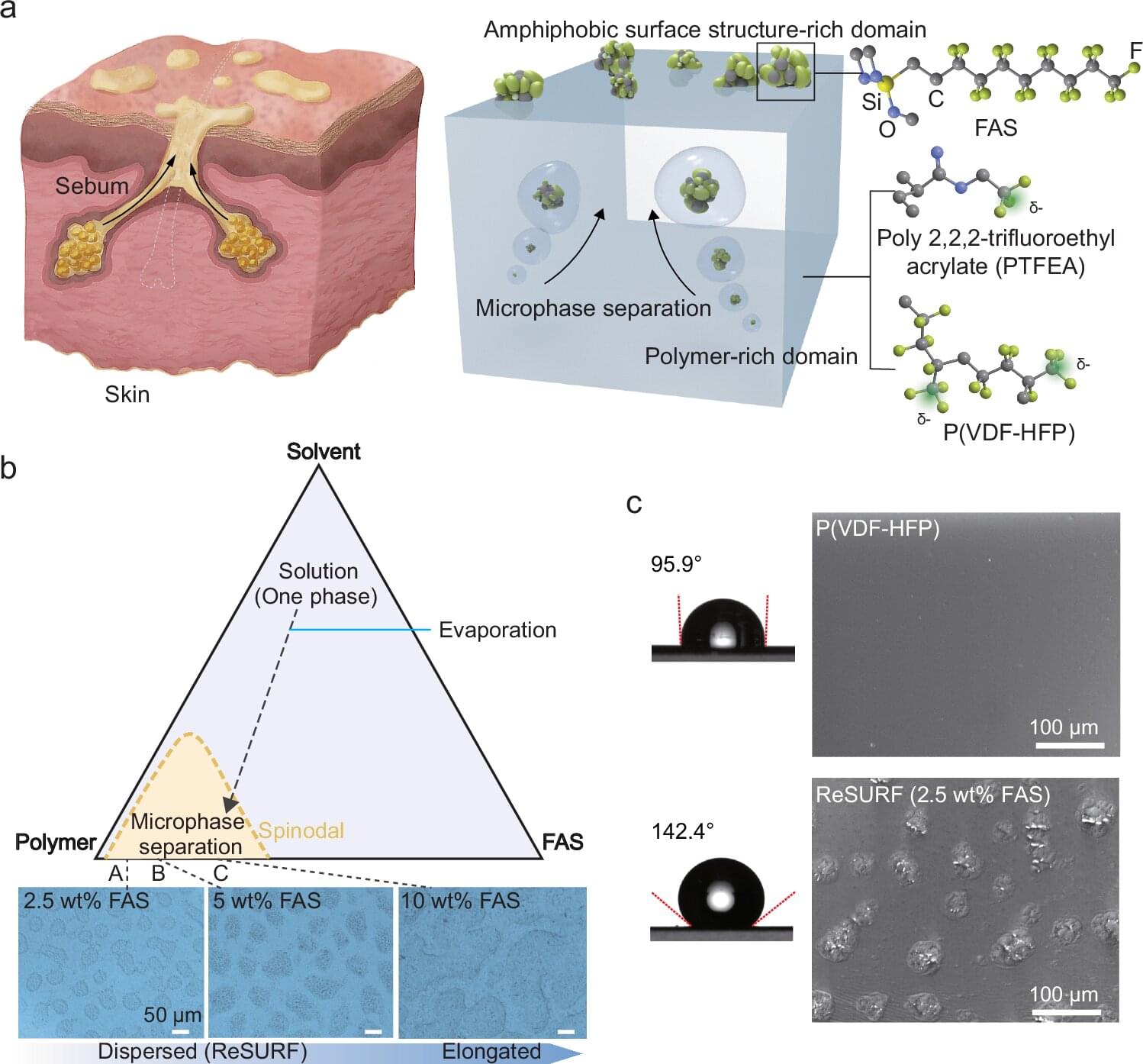
Clean, safe water is vital for human health and well-being. It also plays a critical role in our food security, supports high-tech industries, and enables sustainable urbanization. However, detecting contamination quickly and accurately remains a major challenge in many parts of the world.
A new device developed by researchers at the National University of Singapore (NUS) has the potential to significantly advance water quality monitoring and management.
Taking inspiration from the biological function of the oily protective layer found on human skin, a team of researchers led by Associate Professor Benjamin Tee from the Department of Materials Science and Engineering in the College of Design and Engineering at NUS translated this concept into a versatile material, named ReSURF, capable of spontaneously forming a water-repellent interface.
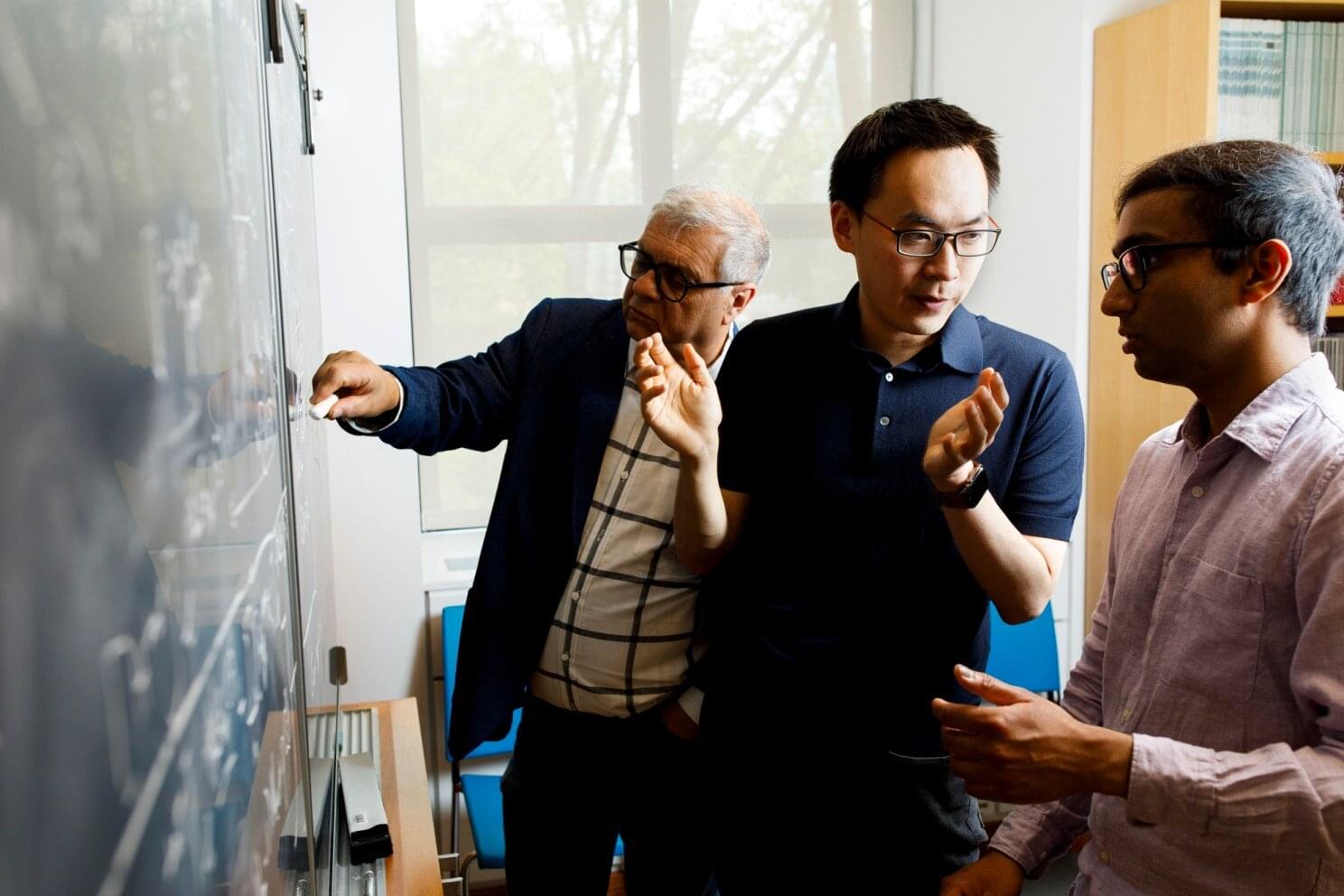
When the first reports of a new COVID-19 variant emerge, scientists worldwide scramble to answer a critical question: Will this new strain be more contagious or more severe than its predecessors? By the time answers arrive, it’s frequently too late to inform immediate public policy decisions or adjust vaccine strategies, costing public health officials valuable time, effort, and resources.
In a pair of recent publications in Proceedings of the National Academy of Sciences, a research team in the Department of Chemistry and Chemical Biology combined biophysics with artificial intelligence to identify high-risk viral variants in record time—offering a transformative approach for handling pandemics. Their goal: to get ahead of a virus by forecasting its evolutionary leaps before it threatens public health.
“As a society, we are often very unprepared for the emergence of new viruses and pandemics, so our lab has been working on ways to be more proactive,” said senior author Eugene Shakhnovich, Roy G. Gordon Professor of Chemistry. “We used fundamental principles of physics and chemistry to develop a multiscale model to predict the course of evolution of a particular variant and to predict which variants will become dominant in populations.”
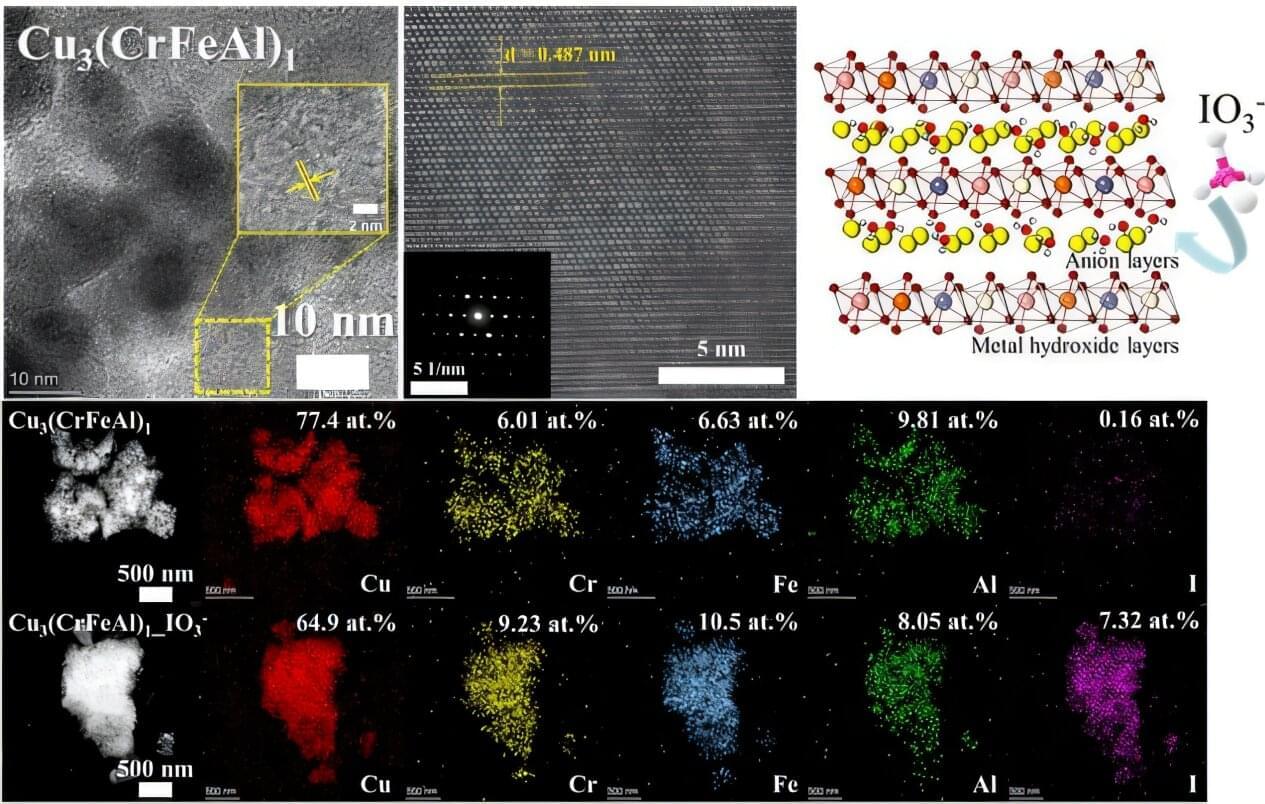
Managing radioactive waste is one of the core challenges in the use of nuclear energy. In particular, radioactive iodine poses serious environmental and health risks due to its long half-life (15.7 million years in the case of I-129), high mobility, and toxicity to living organisms.
A Korean research team has successfully used artificial intelligence to discover a new material that can remove iodine for nuclear environmental remediation. The team plans to push forward with commercialization through various industry–academia collaborations, from iodine-adsorbing powders to contaminated water treatment filters.
Professor Ho Jin Ryu’s research team from the Department of Nuclear and Quantum Engineering, in collaboration with Dr. Juhwan Noh of the Digital Chemistry Research Center at the Korea Research Institute of Chemical Technology, developed a technique using AI to discover new materials that effectively remove radioactive iodine contaminants. Their research is published in the Journal of Hazardous Materials.
Dr. Robert Schwab, MD is a Resident Physician, Research Specialist, and Hematology-Oncology Fellow at Penn Medicine, University of Pennsylvania Health System…
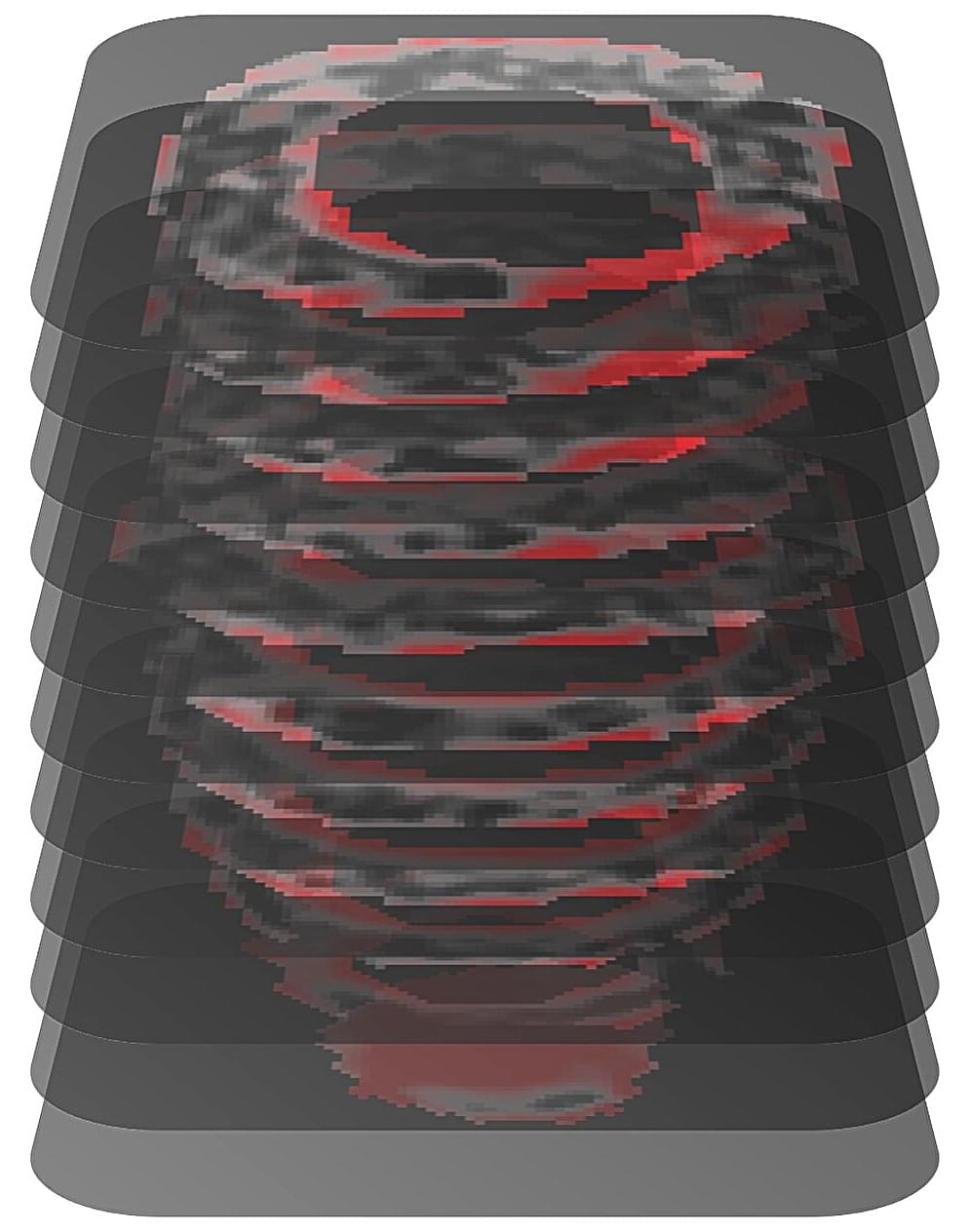
A new AI model is much better than doctors at identifying patients likely to experience cardiac arrest. The linchpin is the system’s ability to analyze long-underused heart imaging, alongside a full spectrum of medical records, to reveal previously hidden information about a patient’s heart health.
The work, led by Johns Hopkins University researchers, could save many lives and also spare many people unnecessary medical interventions, including the implantation of unneeded defibrillators.
“Currently, we have patients dying in the prime of their lives because they aren’t protected and others who are putting up with defibrillators for the rest of their lives with no benefit,” said senior author Natalia Trayanova, a researcher focused on using artificial intelligence in cardiology. “We have the ability to predict with very high accuracy whether a patient is at very high risk for sudden cardiac death or not.”
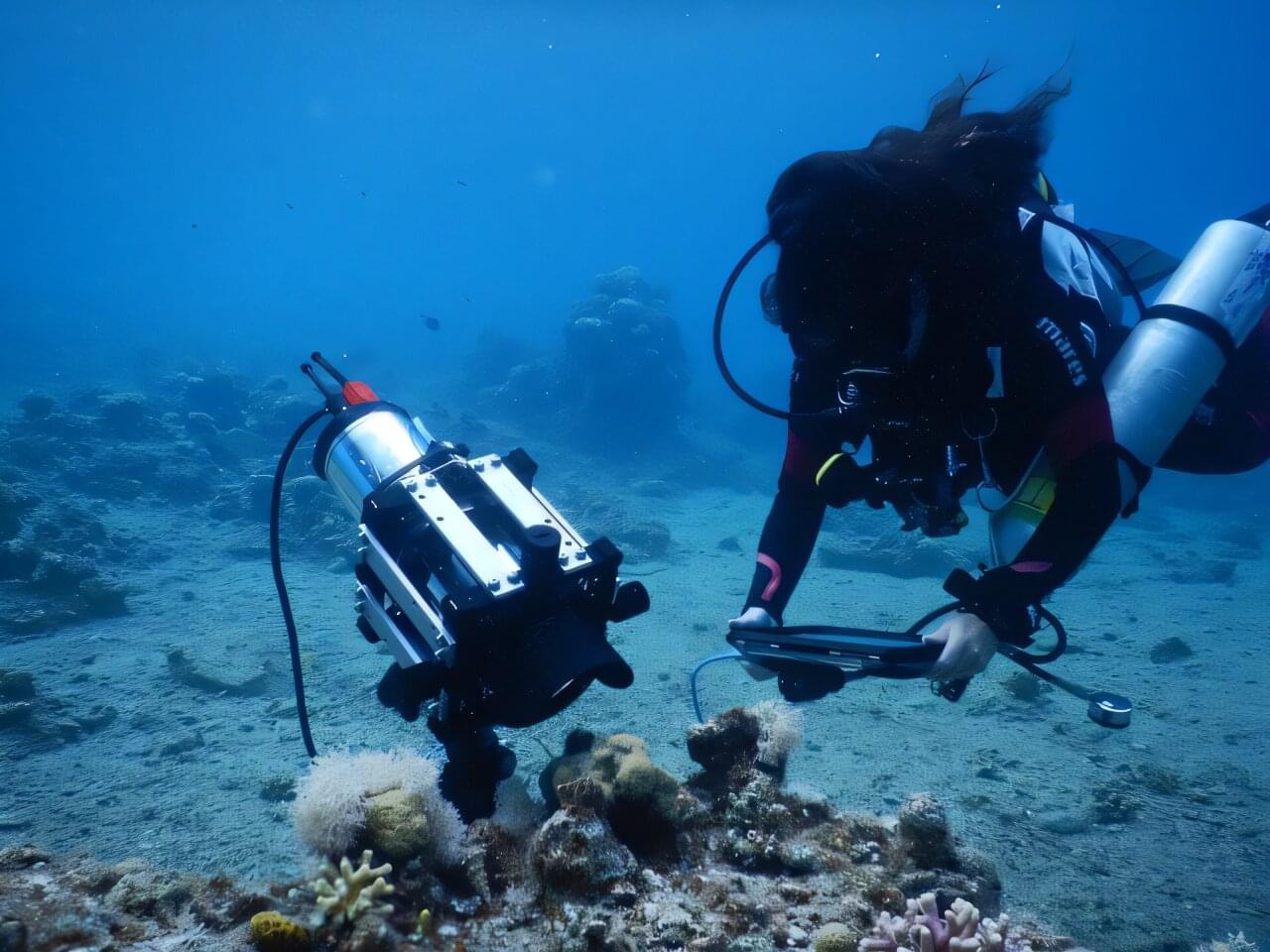
The intricate, hidden processes that sustain coral life are being revealed through a new microscope developed by scientists at UC San Diego’s Scripps Institution of Oceanography.
The diver-operated microscope —called the Benthic Underwater Microscope imaging PAM, or BUMP—incorporates pulse amplitude modulated (PAM) light techniques to offer an unprecedented look at coral photosynthesis on micro-scales.
In a new study, researchers describe how the BUMP imaging system makes it possible to study the health and physiology of coral reefs in their natural habitat, advancing longstanding efforts to uncover precisely why corals bleach.

Researchers have demonstrated a new way of attacking artificial intelligence computer vision systems, allowing them to control what the AI “sees.” The research shows that the new technique, called RisingAttacK, is effective at manipulating all of the most widely used AI computer vision systems.
At issue are so-called “adversarial attacks,” in which someone manipulates the data being fed into an AI system to control what the system sees, or does not see, in an image. For example, someone might manipulate an AI’s ability to detect traffic signals, pedestrians or other cars—which would cause problems for autonomous vehicles. Or a hacker could install code on an X-ray machine that causes an AI system to make inaccurate diagnoses.
“We wanted to find an effective way of hacking AI vision systems because these vision systems are often used in contexts that can affect human health and safety—from autonomous vehicles to health technologies to security applications,” says Tianfu Wu, co-corresponding author of a paper on the work and an associate professor of electrical and computer engineering at North Carolina State University.
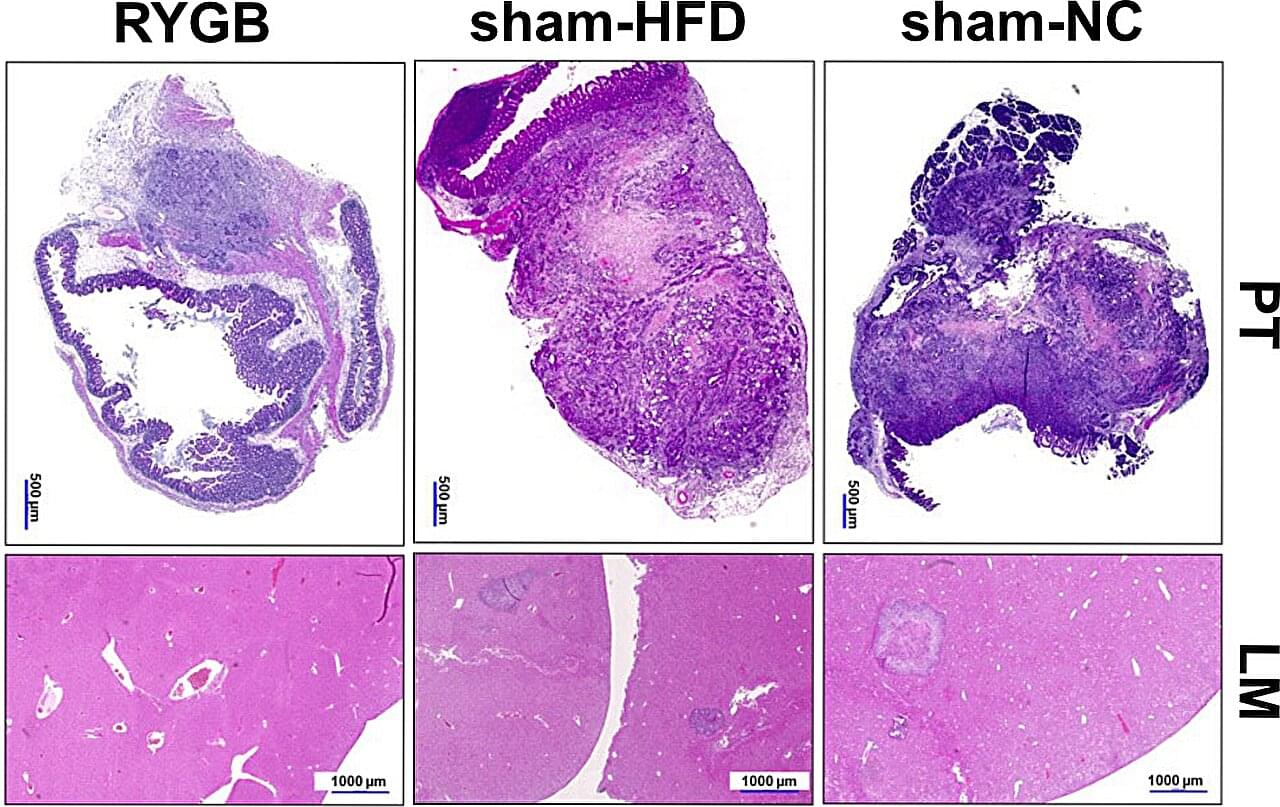
Research led by the Department of General and Visceral Surgery, Faculty of Medicine, University of Freiburg, Germany has found that bile acid diversion in Roux-en-Y gastric bypass (RYGB) reduces colorectal tumor growth and metastasis independent of weight loss, potentially reshaping future cancer treatment approaches.
More than 2 billion adults worldwide are now overweight or obese, a condition marked by chronic low-grade inflammation and metabolic disruption that can promote tumor growth, increasing the risk of developing at least 15 types of cancer. In the United States alone, more than a third of adults face obesity, presenting an urgent public-health crisis.
Among various weight-loss interventions, bariatric surgery, specifically RYGB, is not only effective in promoting sustained weight reduction but has intriguingly been linked to reduced cancer incidence. Whether these changes alone can slow or prevent colorectal cancer remains a question with critical implications for prevention and treatment.